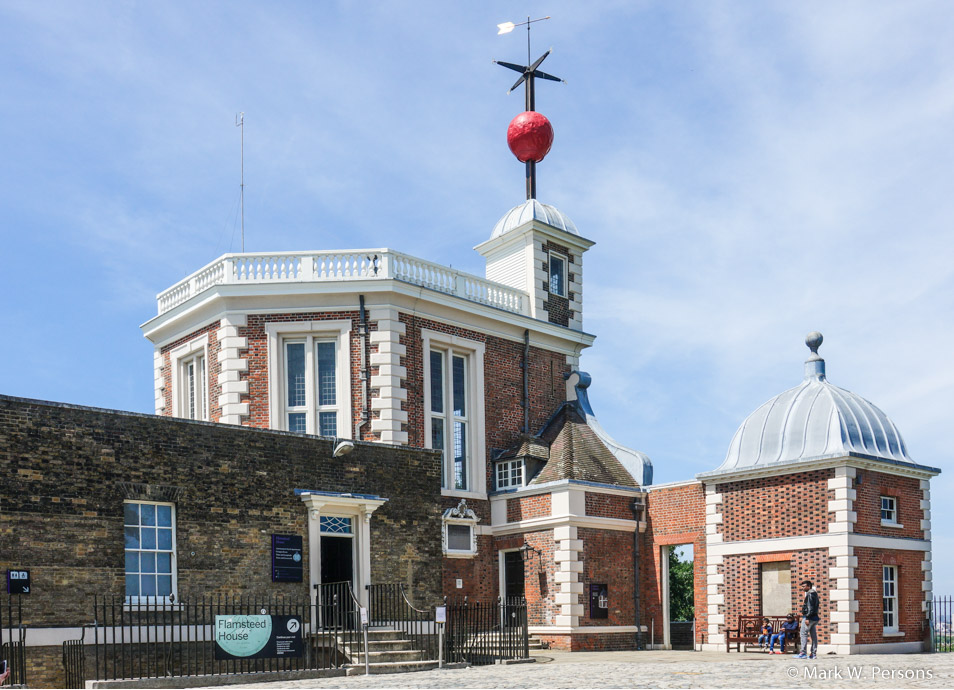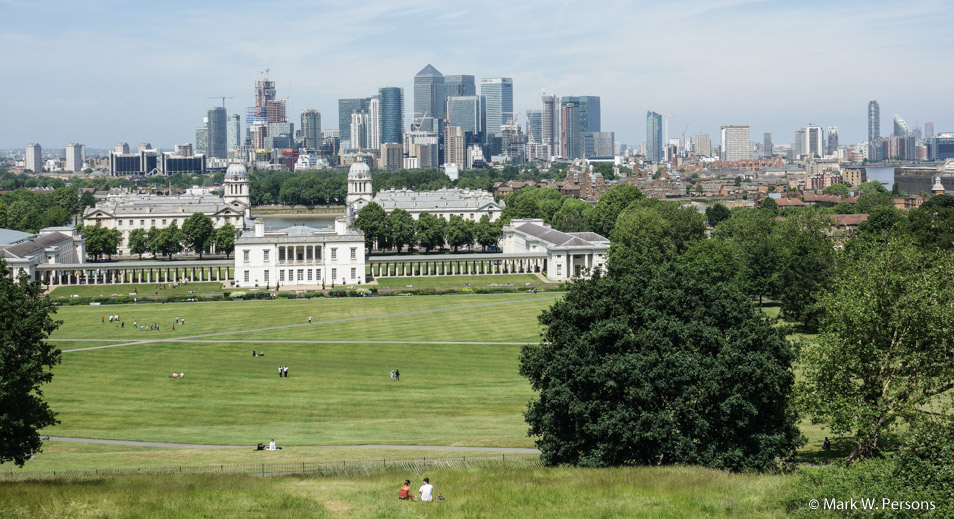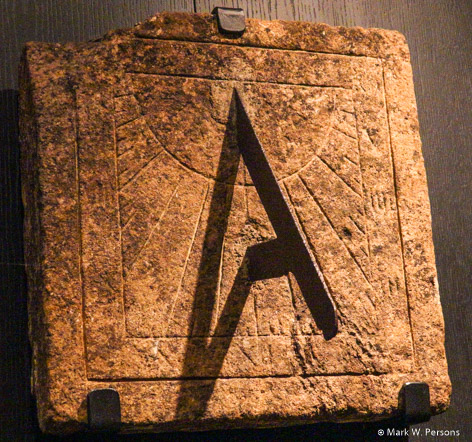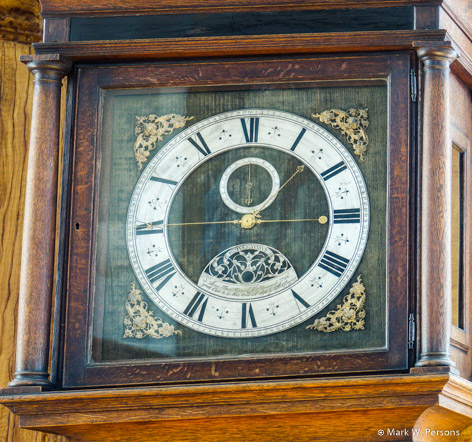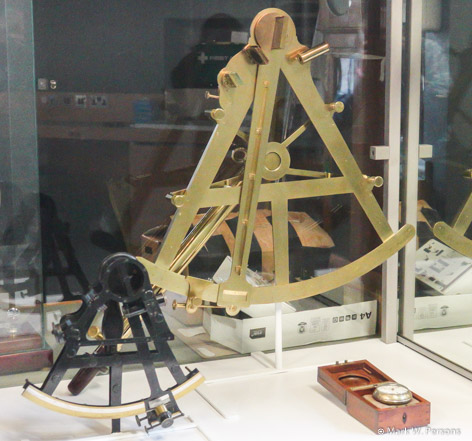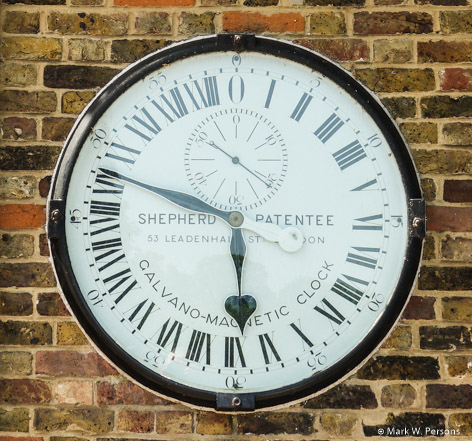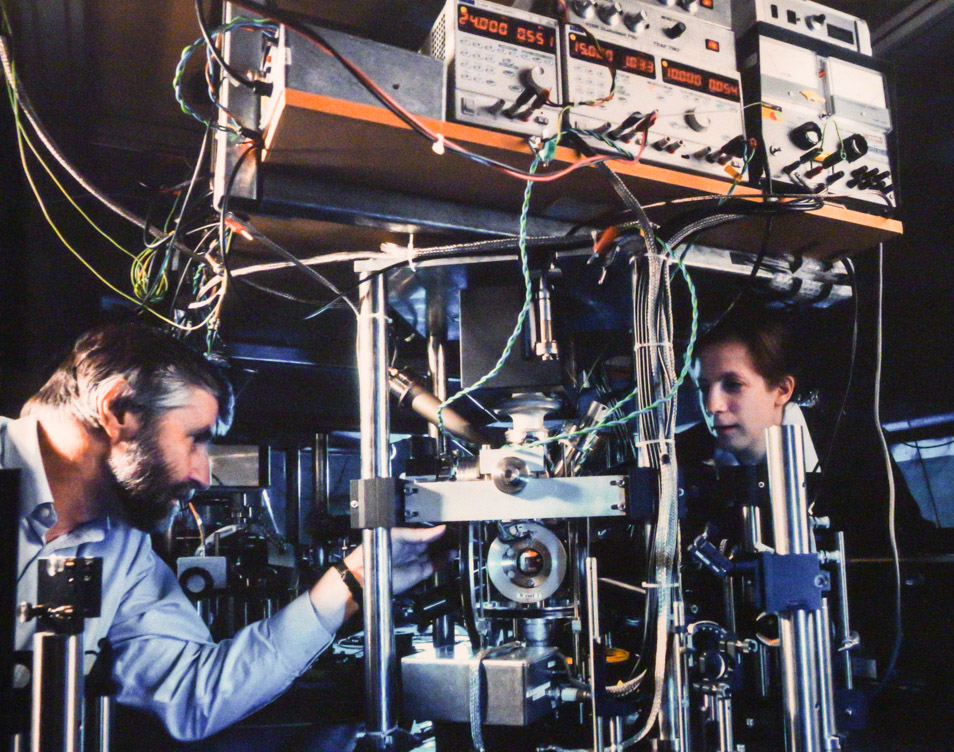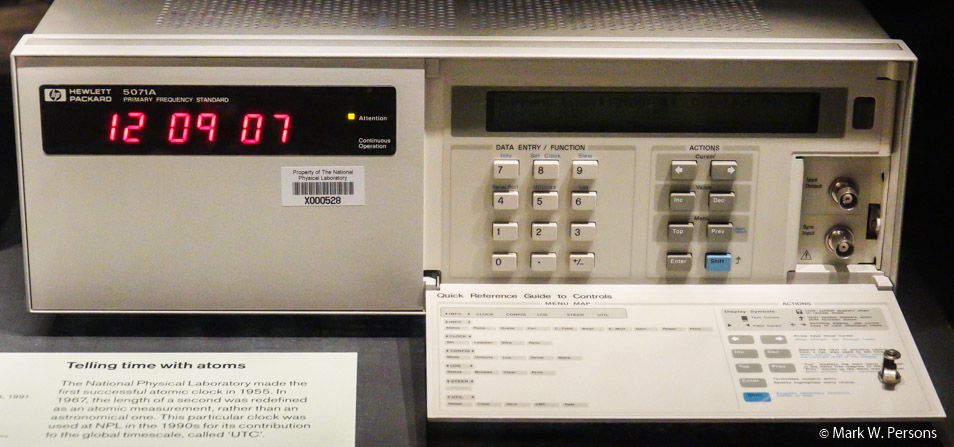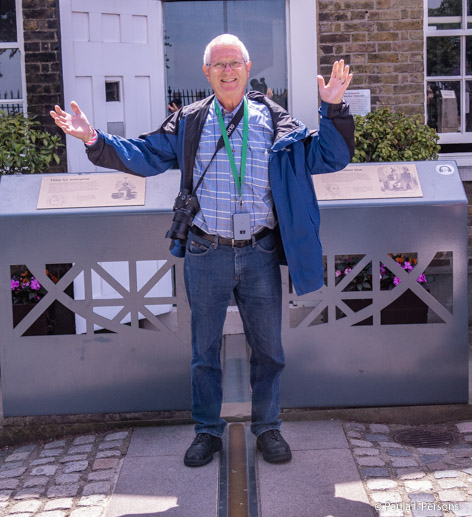| About Gilbert Lodge |
| Tour Gilbert Lodge |
| Guest Dining Schedule |
| Visitors to Gilbert Lodge |
| Gilbert Lodge Car |
| Gift Shop |
| Cast of Characters |
| Best Photos |
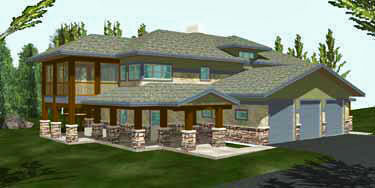
__________________________
|
|
|||
|
|||
|
Gilbert
Lodge |
|||
| Comments about this Blog |
| Home |
|
Gilbert Lodge
Blog The life and times of Mark and Paula Persons |
Member of the Pavek Museum Gilbert lake Association |
